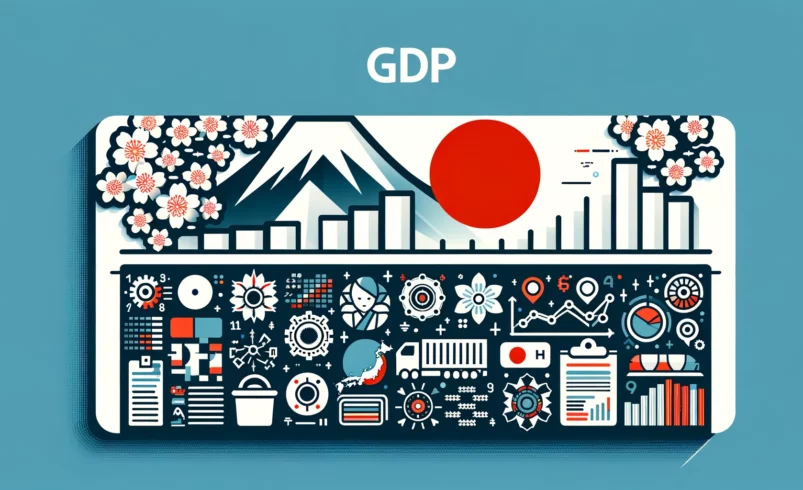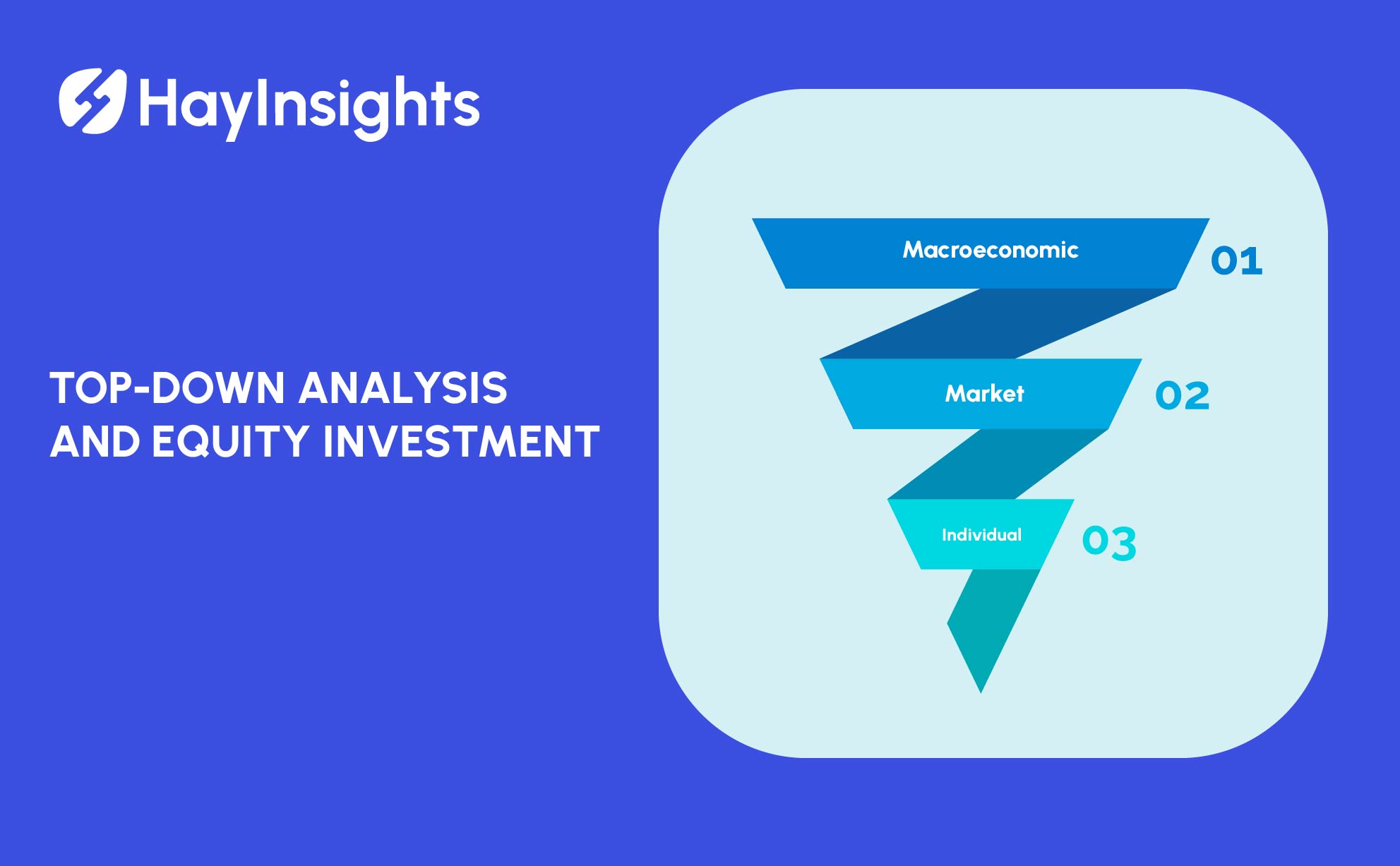
Japan’s PPI: Producer, Export, and Import Prices 2024
Japan’s economic landscape is intricate and dynamic, characterized by its significant influence on global markets. Key indicators such as producer prices, export prices, and import prices offer crucial insights into the health and trajectory of its economy. In this article, we’ll delve into the definitions of these terms, their implications, and how they interact to shape Japan’s economic environment.
What Are Producer Prices?
Producer prices, also known as the Producer Price Index (PPI), measure the average change over time in the selling prices received by domestic producers for their output. This index is a critical indicator of inflation at the wholesale level, reflecting the prices that producers receive for their goods and services before they reach consumers.
Significance of Producer Prices
- Inflation Indicator: The PPI is a leading indicator of consumer price inflation. When producer prices rise, it’s often a precursor to increases in consumer prices, as producers pass on higher costs to consumers.
- Economic Health: Rising producer prices can indicate robust demand for goods and services, suggesting a healthy economy. Conversely, falling producer prices may signal weakening demand and potential economic downturns.
- Cost Management: Businesses closely monitor the PPI to manage costs and pricing strategies. Changes in producer prices can affect profit margins and decision-making processes regarding production and inventory.
In Japan, the PPI is meticulously tracked to understand the underlying trends in the production sector, helping policymakers and businesses make informed decisions.
Export Prices: Japan’s Global Trade Indicator
Export prices reflect the prices at which goods and services produced in one country are sold to buyers in other countries. For an export-driven economy like Japan, export prices are vital for assessing the competitiveness of its goods on the international stage.
Importance of Export Prices
- Competitiveness: Higher export prices can enhance revenue for Japanese producers but may also make goods less competitive internationally if they are perceived as too expensive.
- Trade Balance: Export prices influence the trade balance. Higher prices can lead to increased trade surpluses if demand remains steady, while lower prices may boost sales volumes but reduce total revenue.
- Currency Influence: Export prices are often affected by exchange rates. A stronger yen can make Japanese exports more expensive for foreign buyers, while a weaker yen can boost competitiveness by making exports cheaper.
Japan’s export prices are crucial for understanding its position in global trade, impacting everything from GDP growth to employment rates in key industries.
Import Prices: The Cost of Global Goods
Import prices measure the cost of goods and services purchased from other countries. These prices are critical for understanding the cost structure of imported goods and their impact on domestic inflation and consumption.
Relevance of Import Prices
- Inflation: Rising import prices can lead to higher consumer prices if the cost increases are passed on to consumers. This is particularly significant for essential imports like energy and raw materials.
- Consumer Spending: Higher import prices can reduce disposable income, as consumers spend more on imported goods. This can affect overall consumption patterns and economic growth.
- Production Costs: Many Japanese industries rely on imported raw materials and components. Higher import prices can increase production costs, affecting the competitiveness of Japanese products both domestically and internationally.
Monitoring import prices helps in assessing economic vulnerability to global price fluctuations and in making strategic decisions about trade policies and sourcing.
Interplay Between Producer, Export, and Import Prices
The relationship between producer, export, and import prices is complex and interconnected. Changes in one can influence the others, creating a ripple effect throughout the economy.
Impact of Producer Prices on Export and Import Prices
- Cost Pass-Through: Higher producer prices can lead to increased export prices if producers pass on higher costs to foreign buyers. This can affect Japan’s trade balance and global market share.
- Import Dependency: If import prices rise significantly, producers may face higher input costs, leading to increased producer prices. This can create a cycle of rising costs throughout the economy.
Global Economic Conditions
Global economic conditions, such as demand fluctuations, trade policies, and geopolitical events, can simultaneously affect producer, export, and import prices. For example, a trade dispute can lead to tariffs that increase import prices, affecting domestic production costs and export competitiveness.
Japan’s Economic Strategies
Japan employs various strategies to manage and respond to changes in producer, export, and import prices:
- Monetary Policy: The Bank of Japan (BOJ) uses monetary policy tools to manage inflation and stabilize the yen, influencing producer and export prices.
- Trade Agreements: Bilateral and multilateral trade agreements can help secure favorable terms for exports and imports, stabilizing prices and enhancing economic resilience.
- Innovation and Efficiency: Investing in technology and improving production efficiency can mitigate the impact of rising producer and import prices, maintaining competitiveness in global markets.
Conclusion
Understanding Japan’s producer, export, and import prices is essential for grasping the broader economic picture. These indicators not only reflect current economic conditions but also help predict future trends, guiding businesses, policymakers, and investors in their decisions. As Japan continues to navigate the complexities of the global economy, keeping a close watch on these price indices will remain crucial for sustaining economic growth and stability.
FAQs
What is the Producer Price Index (PPI)?
The Producer Price Index (PPI) measures the average change over time in the selling prices received by domestic producers for their output, indicating inflation at the wholesale level.
How do export prices affect Japan’s economy?
Export prices impact Japan’s competitiveness in global markets, trade balance, and revenue from international sales.
Why are import prices important for Japan?
Import prices affect consumer inflation, production costs, and overall economic stability by influencing the cost of goods and services purchased from other countries.
How does the yen’s value influence export and import prices?
A stronger yen makes exports more expensive and imports cheaper, while a weaker yen has the opposite effect, impacting trade dynamics and economic performance.
What role does the Bank of Japan play in managing producer and import prices?
The Bank of Japan uses monetary policy tools to manage inflation, stabilize the yen, and influence producer and import prices to maintain economic stability.
How can businesses mitigate the impact of rising producer and import prices?
Businesses can invest in technology, improve production efficiency, and explore alternative sourcing strategies to manage costs and maintain competitiveness.













